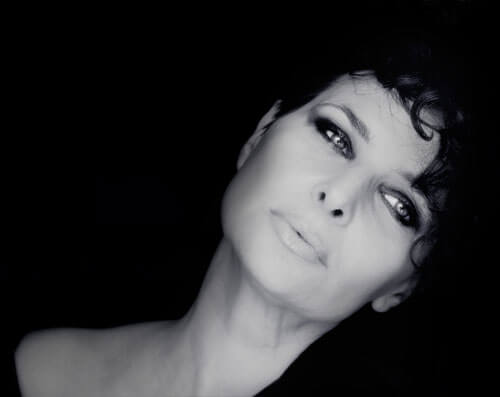I started getting interested in photography in 2009 and since then I have been emotionally struck by the picture's power of communication. Photography is a dimension where pictures enhance the words and become means of expression of our inner world, through the filter of our eyes they have the power of changing the reality. It is a never ending dialogue between appearing and being, a wonderful journey in the female dimension, where the body is no more bound to space and time but opens to a dreamlike atmosphere. I often think of a sentence by Francesca Woodman, 'you'll get excited when looking at an image but you'll never know what's behind it'.
Rosita Delfino
All about Rosita Delfino:AAP: When did you realize you wanted to be a photographer?In 2009 I realized that the camera has a big power for communicating the feelings of my soul. So I decided to start taking pictures. When I take picture I feel free.
AAP: What or who inspires you?I bought a lot of photographic books and I was amazed by Francesca Woodman, Christy Lee Rogers, Alexei Vassiliev's pictures and so on. They express the concepts of their soul through a non-objective representation of the reality, where the time is hanging and feelings, fears, desires are mixed. I find myself through the style of these photographers.
AAP: Do you spend a lot of time editing your images?I usually work with a photographic project. Using digital editing I feel in front of a painting and I create the pictures depending on my state of soul and it takes a lot of time.
AAP: An idea, a sentence, a project you would like to share?I imagine myself in this Francesca Woodman's sentence:
"Ti ecciterai osservando un'immagine ma non saprai mai cosa vi è dietro". ("You will be excited seeing a picture, but you'll never know what is behind that.")
